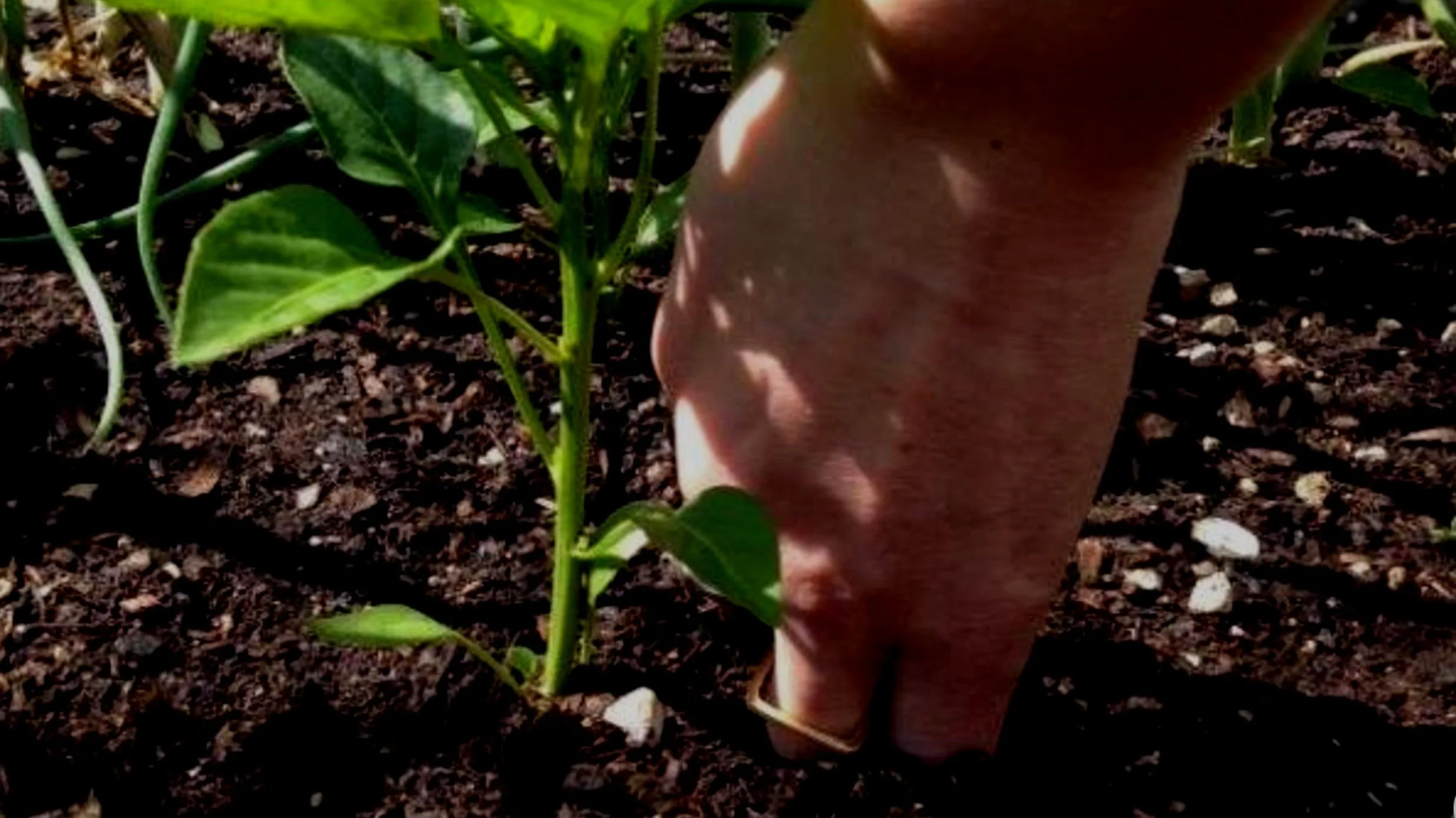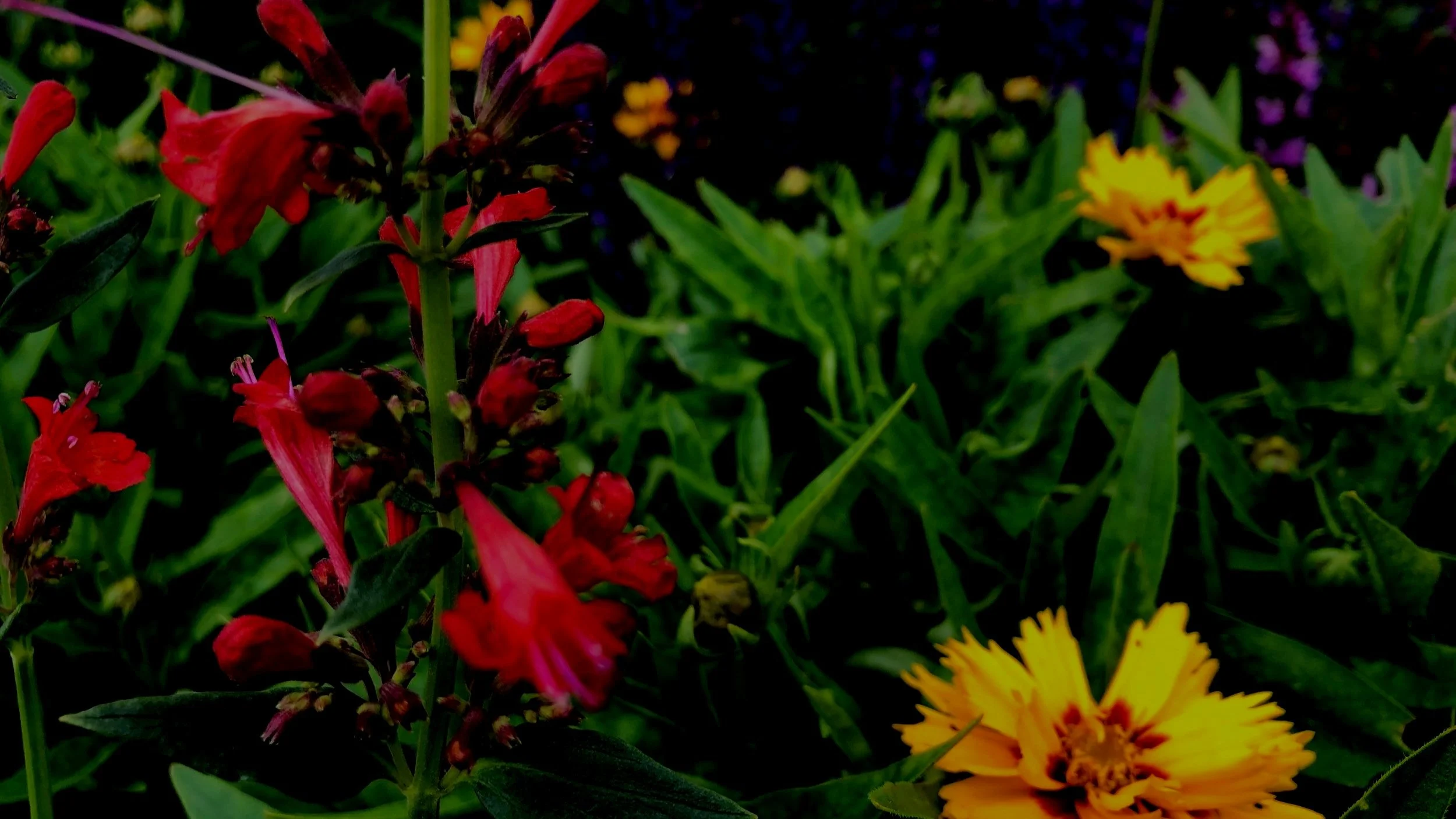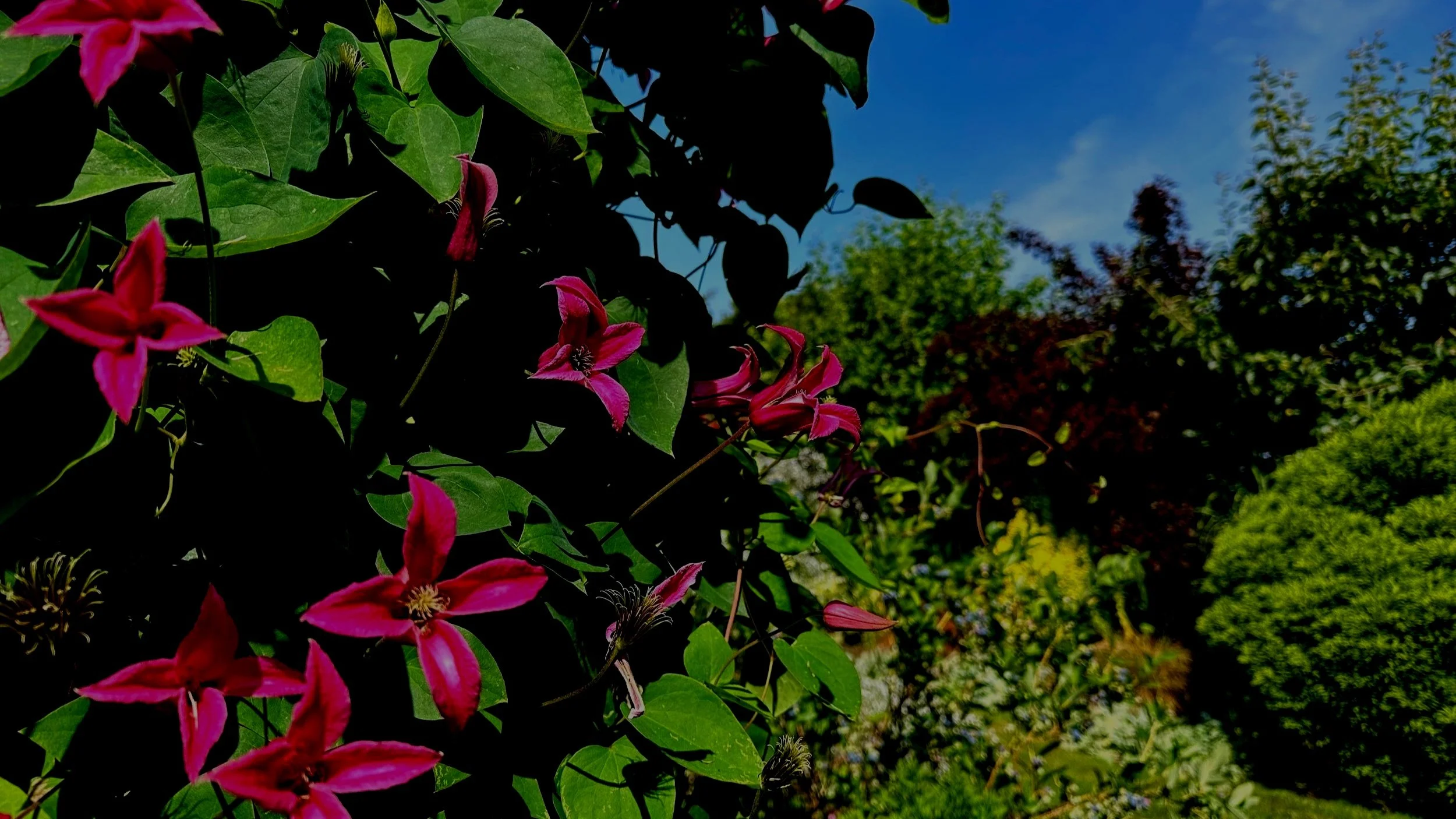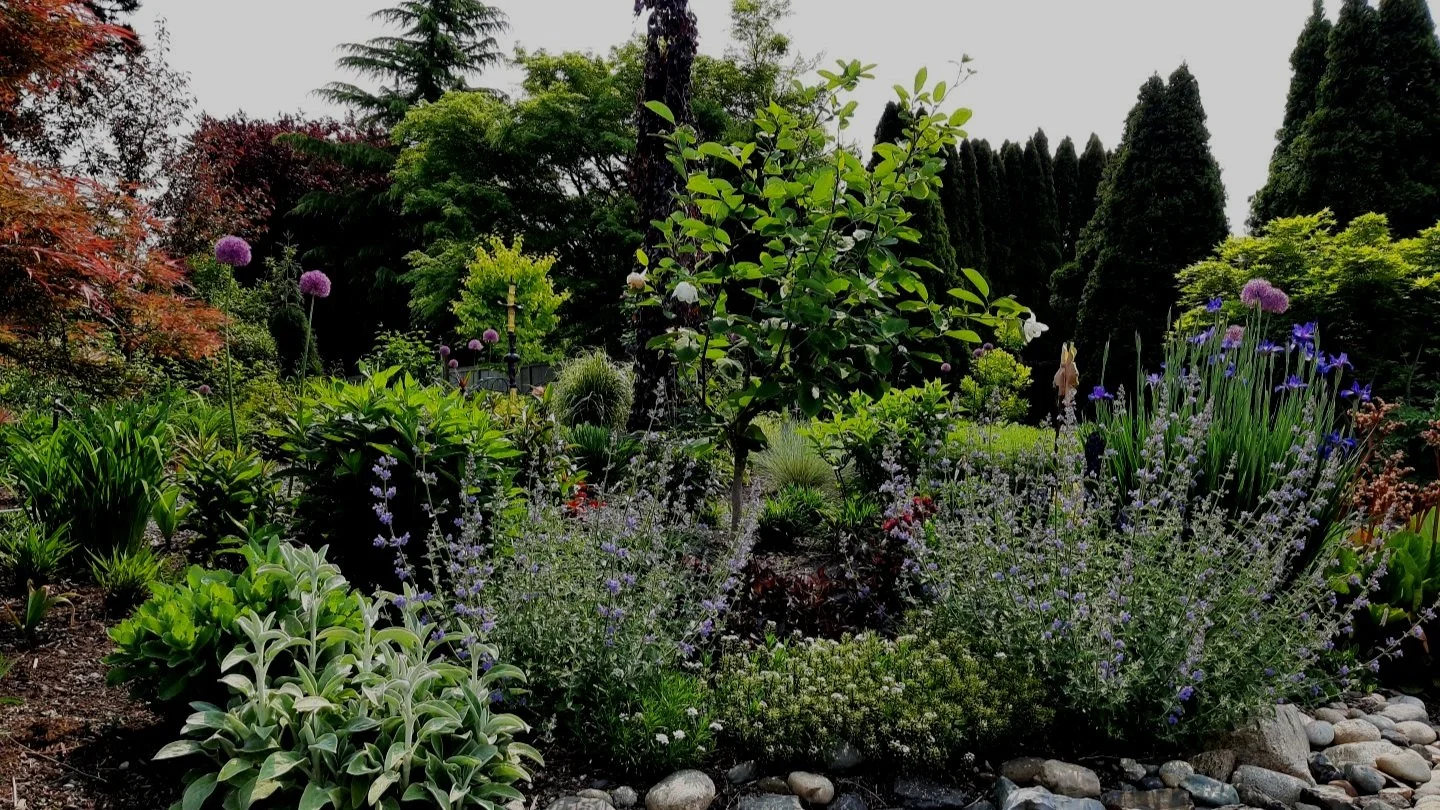We are moving into the later part of summer when all of the spring and early summer perennials have finished up and it is time for those mid to late summer bloomers to take front stage. Keeping the show going in our gardens can be tricky, especially if we are prone to only do our shopping in the spring months and focus on what is in color at that time…
Don't Be Annoyed, Fill That Void!
I am going to go out on a limb here and make a brash statement: “perfection in the garden is fleeting”. Yes, it is sadly true… Earlier this spring I was congratulating myself on how nicely all of my many perennials (probably too many if I am honest with myself) were knitting themselves together and gradually obliterating any bare, visible soil. That is still happening, to be sure, but along the way some of my early bloomers have “gone over” and it is time to take another look at what I can plop in and around them to keep things looking colorful and interesting…
It's The Summer Of Love
I don’t know what it is about the months of July and August, but it seems like every year about this time I fall in love with my garden all over again. For me, the spring season is more of a puppy love or infatuation, but the summer months are when true love really blossoms, both literally and figuratively. It’s when my garden loves me back with all of its beauty and splendor…
You Can't Beat Hydrangeas For Summer Color
When I say the word “hydrangea” most of us immediately think of the traditional “mophead” shrub (with big leaves and big, ball-shaped flowers) that grows in the shade and sports mostly blue to purple flowers in our northwest acidic soils. The truth is that there are dozens of different species of Hydrangeas…
Growing Citrus Can Be Fun
If you are into “zonal denial” and enjoy pushing the boundaries, then perhaps a lemon or lime tree may be worth your time and effort. Make no mistake however, the Pacific Northwest is not Florida or California and you won’t be able to just plant a citrus tree in the backyard and in a few short years start harvesting your very own navel oranges. On the other hand, when planted in a container, Meyer lemons and seedless Bearss limes will do okay - provided you follow some simple procedures…
How To Keep Our Landscapes Thriving In This New Climate Paradigm
Last week I wrote about how to successfully plant in the dry summer months and I promised this week to discuss how to keep our landscapes thriving (not just surviving) as we shift to drier, hotter, and longer summers. As a side note, don’t let this recent “rain event” lure you into complacency about watering. At best, it only moistened the top ½ of the soil, which for the most part only keeps the dust down…
How To Plant In Summer
A few weeks back I was harping about why gardeners don’t bother with compost and fertilizer when they are planting. This week I feel the need to talk about the importance of good planting practices. No matter where you purchase your plant material, I can guarantee you they will croak if it they aren’t planted properly. Here are some of my tips to help you succeed…
June Is Perennial Planting Month
There is no shortage of things to do in the garden in the month of June. Hedges need to be pruned, warm season veggies should be planted, spring-blooming plants (like Forsythia, Heather, and Rhodies) should be deadheaded, weeds of course need to be controlled, it’s time to start thinking about watering, and all those annuals we planted in May need to be fed. But, one of the most important tasks for every gardener is to KEEP PLANTING. There are always holes to fill in and beds to rejuvenate, and in June the best choices usually come from the perennial department of the garden center…
Compost and Fertilizer - A Boring But Necessary Topic
It pains me to see customers spending hundreds of dollars on new plants and simultaneously refusing to spend a few more on a bag or two of compost and a box of starter fertilizer. These two items are not unnecessary “add-ons” that the retailer is just trying to add to the sale, they are critical components of a successful transplanting process - or as I like to refer to them as “plant insurance”. Unless you have phenomenal soil, you should always add compost and starter fertilizers when you are planting new plants. Here is why…
The Changing Garden, What A Difference A Couple Of Weeks Can Make
A few weeks back I was lamenting the fact that there were still so many bare spots in my new garden that needed to be filled in, due to plant failures from this last winter… No matter how good of a gardener we might be, some things thrive while others just whimper away into oblivion. Isn’t that the nature of gardening?











I think all gardeners crave color and flower power that brings smiles to faces throughout their landscape. When we talk about options for summer-blooming shrubs, Roses and Hydrangeas stand above all others for both choice and longevity. Roses are for full sun, while depending on the variety, Hydrangeas can be for sun, partial sun or shade. I seem to write about…